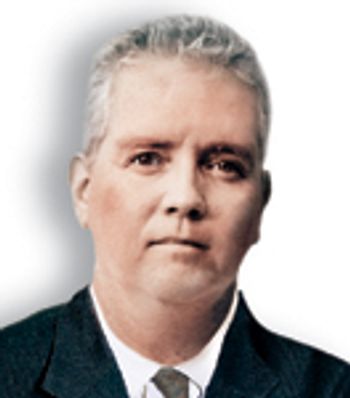
More than $1 out of every $9 under professional management in the United States is involved in socially responsible investing.

More than $1 out of every $9 under professional management in the United States is involved in socially responsible investing.
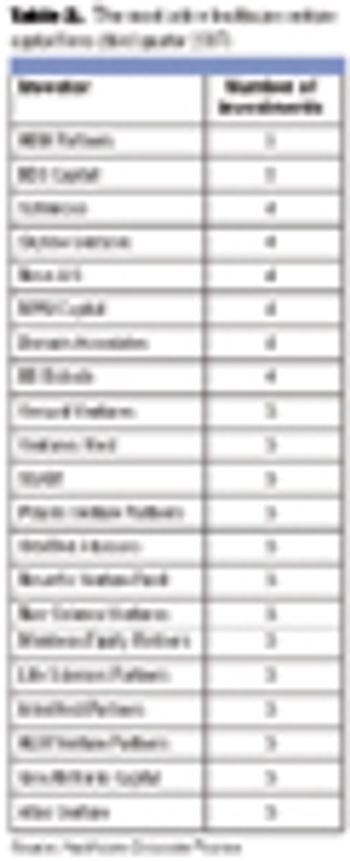
The biopharmaceutical sector can look forward to a financially flush venture funding environment in 2008

Closer examination shows there's a strong bond between the biotech market and the unraveling credit markets.

When you start out, keep your small-cap exposure to no more than 10% of your holdings, and gradually increase.

We're seeing an uptick in biotech investing from the venture capital community, a good sign that biotech can rise even higher than the broader markets.
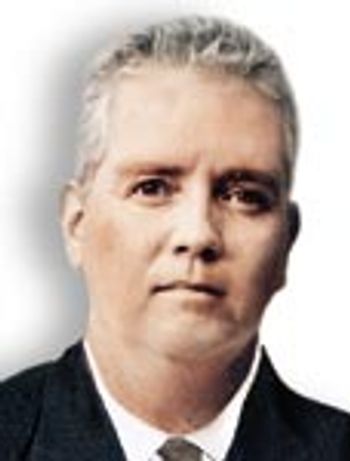
Investors should also scour the landscape and think creatively when investing in healthcare this year.

In the September 2006 issue I wrote about the ticklish issue of CEO pay and how shareholder groups, especially the powerful pension and other institutional groups, are growing sick and tired of CEO overpayment and underperformance.
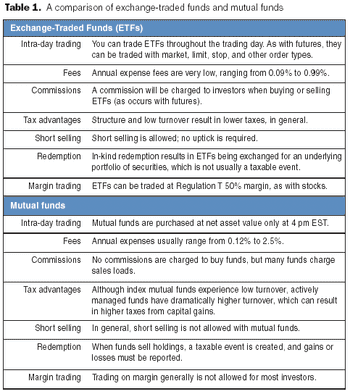
On a recent plane ride from Phoenix to Philly, I was leafing through a copy of the San Francisco Business Journal. I was taken aback by a story on the emerging trend of biopharm exchange-traded funds (ETFs), and how much of an impact they're having on Wall Street and on investors.

There are 72 maladies for which human patients have received some benefit from adult stem cell interventions.

In the big pharma world, drugstore aisle space is every bit as important as Times Square is to New York real estate developers. And few pharma giants fill that space as well as GlaxoSmithKline.

Fear leads to bad decisions on a Wall Street trading floor, or at a high-stakes Vegas poker table.
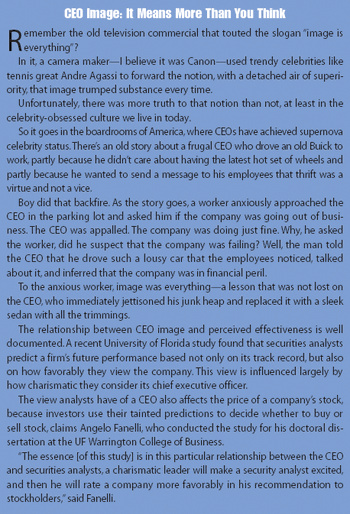
In case you haven't heard, Jeffrey Kindler, Pfizer's general counsel, is replacing long-time CEO Henry "Hank" McKinnell as the new head of the company. There is a long-range strategy in naming a lawyer to run a drug company and I'll get to that in a moment.
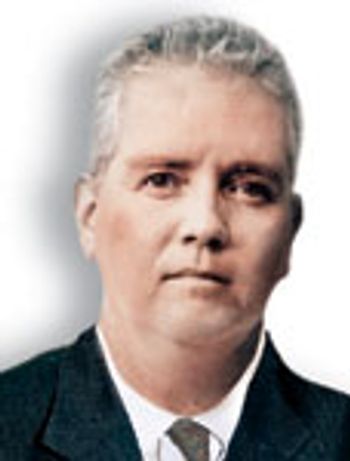
When former Federal Reserve chairman Alan Greenspan's term in office expired on January 31, 2006, many people said, "There goes a legend." Maybe the better expression was, "Here comes the spin."

Buffett prefers to buy small, publicly traded companies with ample room for growth.

The top 10 Chinese companies in the biopharm sector account for only 20% of the market... leaving plenty of room for growth for Western companies.

The federal government plans to spend $3.3 billion on bird flu initiatives, about half of that on a vaccine.

Coming from Wall Street. I'm often asked what "professional" investors think about the life sciences industry.

The above statement reflects the opinion of a growing number of US governors and key state lawmakers.

Like a snowball rolling down Mt. Everest, stem- cell research was gaining momentum, not only in political and medical arenas, but on Wall Street, too.

How much of an impact does patent reform, real or imagined, have on biopharmaceutical stocks?

Doctors can charge up to $500 per hour to discuss the pros and cons of clinical drug trials.

According to a 2005 study by the American Academy of Neurology, donepezil may improve the memory of Alzheimers patients and those suffering with multiple sclerosis.

IT, payroll, manufacturing, and clinical-trial data management are key areas for growth in biopharm outsourcing efforts.

Part of the problem with cancer drugs as investment picks is that investors don't trust the underlying studies that seem to prop up vaccine maker stocks.

It's summer and the living is easy if you don't mind heat, insects, and thunderstorms. The biopharm indexes are listless, because August and September are notorious for inactivity in the various life sciences stock market indexes. Earnings announcements taper off and life sciences companies keep their gunpowder dry by holding off new announcements until after Labor Day. As of mid-July, the American Biotech Index (Symbol: BTK) has leveled off at the tail end of a year of unbridled growth. If history is any indication, the autumn months will see another rise from the 550 or so levels we're now seeing in the BTK.

I was playing tennis recently with my friend Ron who, in addition to a wicked backhand, is well-versed in new technologies and gadgets.

Our society's penchant for prescription drugs has torn a gaping hole in our collective wallets. According to the US government, overall US health spending has risen to $1.9 trillion in 2005.

Geron rose 7% and StemCells 15% . . . when news of the New York capital funding effort hit the business pages.

With biotech valuations at the lowest point in years, the resulting investment opportunities are multiplying - seemingly by the hour.
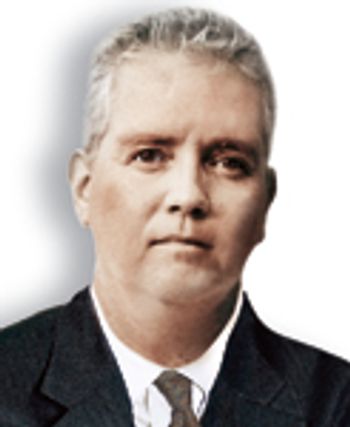
A tepid currency picture may cause biopharm companies to put the breaks on initiatives in places like information systems, research and development, and even hiring.

Published: July 1st 2007 | Updated:

Published: April 1st 2007 | Updated:

Published: September 1st 2007 | Updated:

Published: December 1st 2007 | Updated:

Published: February 1st 2007 | Updated:
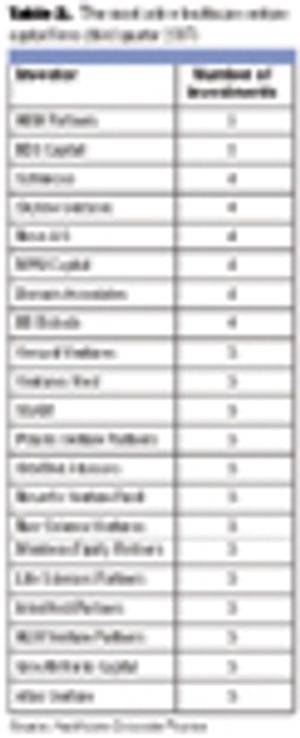
Published: November 1st 2007 | Updated: